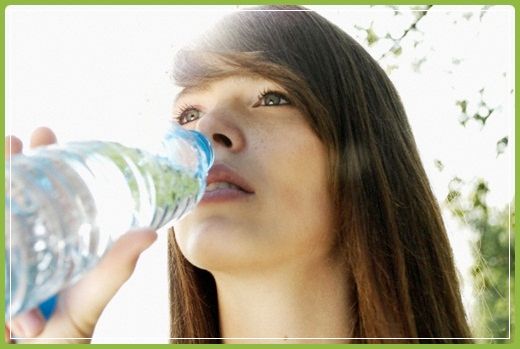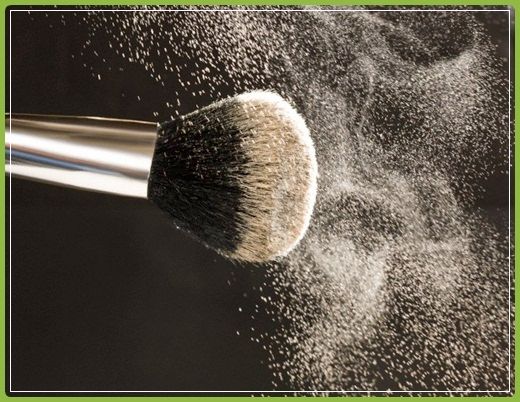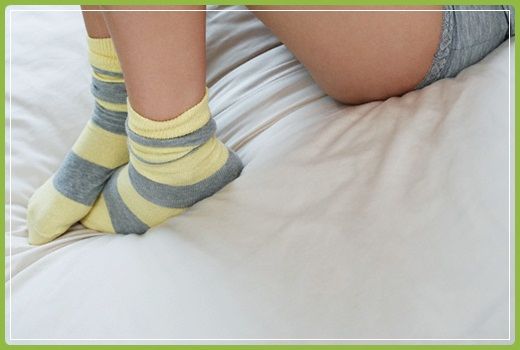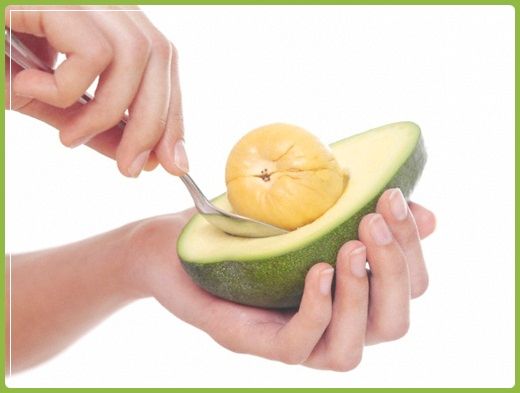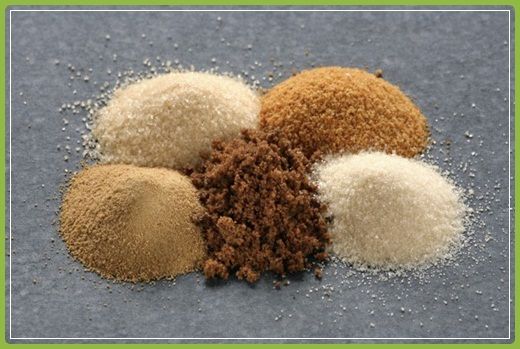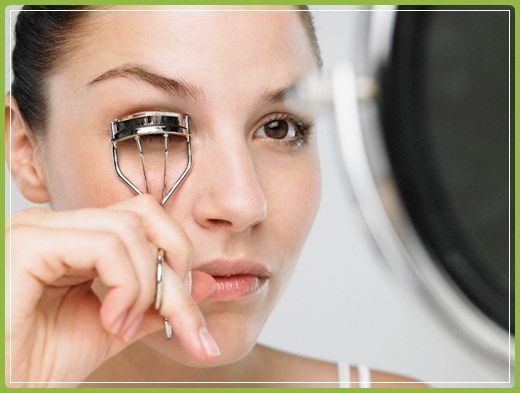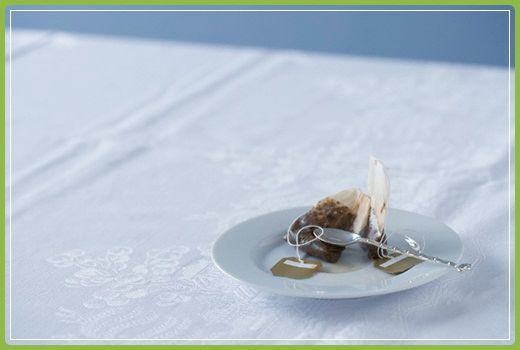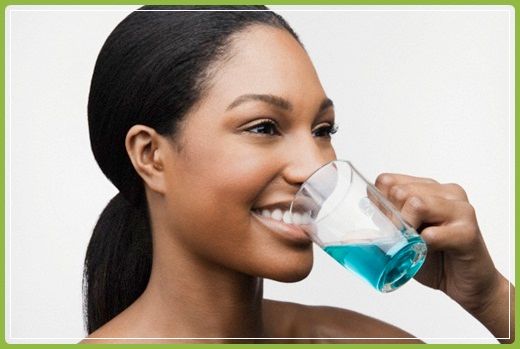
Ginger helps regulate Cholesterol
Consuming ginger can have a profound effect on high cholesterol levels that are often attributed to obesity among women and men. High cholesterol levels in a person can indicate higher than normal BMI and can thus, lead to obesity-related illnesses like heart disease and certain cancers. Ginger helps lower cholesterol by significantly reducing serum and hepatic cholesterol levels. Ginger also acts as a blood thinner and reduces blood pressure.Immune Boosting Action
Ginger helps improve the immune system. Ginger is one of the oldest cures for cold, nausea and flu as it has anti-viral and anti fungal properties. It cures cold and provides instant relief and also kills the bacteria that causes cold and ensures that it doesn’t return. Drinking ginger as a tea will ease sore throat, non-stop coughing and even congestion. Ginger contains chromium, magnesium and zinc which can help prevent chills, fever, and excessive sweat. Plus, it acts as an antihistamine and hence is useful in dealing with allergies. Ginger tea is used for weight loss as it increases metabolism, stimulates circulation and excretion of toxins from the body.Gastrointestinal Relief
Ginger is very effective in preventing the symptoms of motion sickness, especially sea sickness. Ginger reduces all symptoms associated with motion sickness including dizziness, nausea, vomiting, and cold sweating. Millions suffering from heartburn and indigestion might be saving a pretty penny if they gave ginger tea a try. The herb facilitates colon cleansing as well. Cleansing the colon also helps in good digestion, therefore more digestion, more weight loss.Anti-Inflammatory
One of the most effective uses of ginger is that it acts as an anti-inflammatory agent that helps reduce joint inflammations. The anti-inflammatory compounds responsible for significantly reducing inflammation are called gingerols. Best for arthritis patients. The root of ginger is best known for this purpose. It does not allow blood vessels to get inflamed and thus it helps increase the flow of blood to the body and cures the pain. Ginger helps in expanding the blood vessels which increases your body heat. This makes your body burn more fat.Food Satiety
In addition to increasing fat loss, ginger may also help a person to feel satiated, which in turn reduces food consumption. Also, it’s been proved that ginger works as a natural appetite suppressant which is the best way to lose weight. Natural appetite suppressants are safe and cause no rebound. Ginger is nearly calorie-free, and when used in cooking or brewed in tea, it can give you a slight advantage in meeting your weight loss goals. Ginger and weight loss go together well partly because ginger is known to be a thermogenic food. It raises the temperature of the body and helps boost metabolism, so you burn more fat than you would simply by dieting alone.Cortisol Production
Ginger suppresses cortisol. Cortisol is a steroid hormone necessary for energy regulation and mobilization. But chronic stress can cause cortisol levels to rise too high. Adipose fat moves to the visceral area where it receives an increased blood supply that encourages tissues to produce an excess amount of cortisol. High cortisol levels may increase excess belly fat and weight gain.Good for Digestion
Ginger has a beneficial effect on your overall digestive system, helping to regulate and aid the movement of food through your stomach, and small and large intestines. When everything moves more smoothly, you benefit by losing weight more easily.Note that ginger should not be used by pregnant or nursing mothers except under physician supervision. Because ginger also has high fiber content, it increases gastrointestinal motility. By increasing the rate of metabolism, ginger can help burn off some of the fat stored up in the body.
HOW TO ENJOY GINGER
- Make ginger lemonade. Simply combine freshly grated ginger, lemon juice, cane juice or honey and water.
- Ginger for weight loss, it can be used not only in the form of tea, but also in handling salads. Since ginger tea invigorates, it is not advisable to drink in the evening.
- Add extra to your rice side dishes by sprinkling grated ginger.
- Combine ginger, soy sauce, olive oil and garlic to make a wonderful salad dressing.
- Spice up your healthy sautéed vegetables by adding freshly minced ginger.
- You can always brew with tea (black, green). If ginger tea drinks with honey, it is necessary to slow or has been diluted in warm tea.













